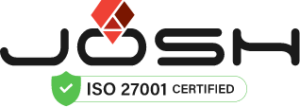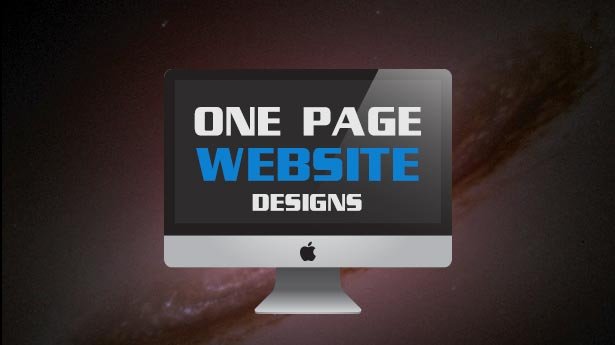Are you aiming to develop a one-page website for your business? If yes, here is what you need to know. You may think that developing a single page website for your business is easy as compared to a multi-page website. To your surprise, it is not. In fact, the designing part of the single page website is itself 10X harder than what you think.
Creating a one-page website is like living in a house of a hundred people. Summing up all the stuff on one page is the real challenge. You have to be cautious of not missing even a single thing as it may impact your business directly. At the same time, you have to entertain the readers to scroll down without getting bored.
Thus, the pressure of not missing out on anything and engaging the reader simultaneously arises. This makes the task a challenging one. However, it can be handled smartly with creative designs that match your business. When you have this with you, everything goes hand in hand. Here are 5 fundamental elements for creating a world-class one-page website. Read this article fully to know and implement them to get the best results.
5 fundamental elements for creating a world-class one-page website:
These 5 fundamental elements are a must to make your one-page website a huge success. Missing even one among the following will stop your website from achieving what it deserves. Read this guide and implement all the steps as mentioned to get the desired result.
Have a definite purpose before you start:
There is no use in creating a website of any kind without having a definite goal. The goal may be to
- get email subscribers
- launch something
- sell something
- make an announcement
- so on and so forth
Thus, you must be clear with the purpose before starting out. Once you have a plan with you, you will have clarity. Once you have clarity, it is easy to implement the plan. This is the first and foremost step to creating a one-page website.
The second step to creating a one-page website is to structure your plan or idea. This will help you outline the design for your website. Here you must consider the two important things that we covered in the introduction. You have to comprise all the details and also entertain the readers simultaneously. For that, you have to identify what bores the readers and avoid using it on your website. Picking the right theme helps you reach this goal effortlessly.
Make it precise, readable, and up to the point:
You cannot put long and detailed descriptions on a one-page website. Even if you can manage to do so, it only shoos the readers away. This acts as a big turn-off for your potential prospects. Thus, it is important to make the content on your website very precise and to the point. Here are a few tips to help you achieve that.
- Use crisp and catchy headlines with your USP.
- Cut down the descriptions and add bullet points.
- Convey the message clearly without barging too much.
- Remove the extra descriptive sentences that are of no use.
- Try comprising lengthy sentences into small ones.
- Avoid repeating the same points though important.
- Create a cutting-edge tagline that explains it all.
These tips will help you increase the readability of your readers and engage them with you. This also helps your web designer to work more on the designing part. Try implementing them on your website to see the result that follows.
Play it smart with the visuals:
Visuals play a crucial role in developing website with latest technologies. They help you enhance or emphasize the important details and also reduce the emphasis on the not-so-important details. Here is how you can do it. When your content is in the F pattern, the readers read them fully. When your content is in the Z pattern, the readers just scan them. Thus, you must mix images with the content in the right way.
You can make really good use of the negative spacing on your website. It has special benefits for one-page websites. You can take your audience on the correct journey and finally convert them. If you use negative spacing wisely, converting your readers into your leads is easier.
Navigate your readers to the right path:
Navigation is more important than you think it is. Many miss out on this crucial part and so they seldom get the result. When you get your audience on your website, the first step is to grab their interest. Then you have to engage them throughout your page. These are the basic things to do. While doing this, you must also know to navigate your customer step by step. You have to give them a road map of how they have to travel through your page.
You should also provide easily directable options for your readers. For that, you can use the scroll down or sidebar options. Also, make sure the scrolling speed is optimized. If the scrolling takes a long time, the readers would be turned off. Thus, it is important to optimize the scrolling and loading speed.
Use the right call to action
You grabbed the attention of your audience and have also engaged them with you throughout the page. The readers have gone through your website completely. Now, what’s next? You have to convey to your readers what action you want them to take. This is really important. If you do not include a call to action at the end, your readers will be confused about what to do next.
As you now know how important a call to action is, you may ask how to create one. Well, the answer lies in the first element we have discussed earlier. It is your goal. Close with the right call to action that persuasively indicates your goal. Make it soul-touching to persuade your readers to take action right away.
The Takeaway
These are the 5 fundamental elements for creating a world-class one-page website. Add them to your checklist while creating one. Finally, you will be amused with the bigger difference these small things make.









































